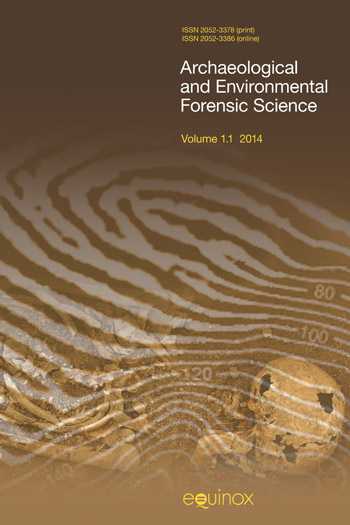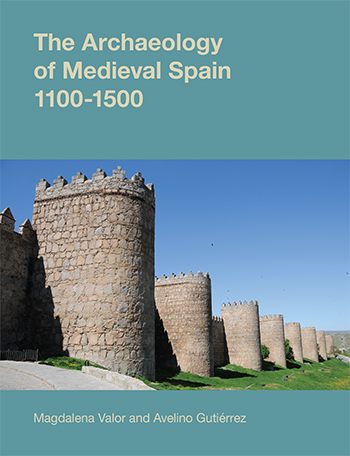Reviews
Well written and richly illustrated. [It] gives an excellent overview of medieval archaeology (AD 1100–1600) in the territory of the present‐day Czech Republic, encompassing the historical units Bohemia, Moravia and Czech Silesia. Its importance is further highlighted by the fact that publications of research results on the medieval period from this region, and from east Central Europe in general, have hardly been available in English so far. Thus this book will offer a new and unique opportunity for an international audience to engage with the medieval archaeology of Europe from a more holistic perspective. The book is likely to appeal to a wide range of audiences, including scholars and students of archaeology and related disciplines (e.g. history, art history, medieval studies, human geography), as well as scholars, students and the wider public interested in the history and cultural heritage of Europe and specifically of east Central Europe.Hajnalka Herold, Department of Archaeology, University of Exeter
Presents Czech archaeology as a discipline that has something to say in a European-wide context.
Czech Historical Review
Klápšteˇ’s book is truly a highly valuable addition to the literature published in English on the archaeology of medieval East Central Europe. Anyone with an interest in medieval archaeology and history will find it a rich source of information with many new insights.
Medieval Archaeology
This is an important work for medieval archaeologists as it is the first comprehensive account in English on medieval archaeology in the present-day Czech Republic. It is a book with plenty of material, and not one that can be read in a hurry.
The Medieval Review
The author, an expert in his field with many decades of experience... who across nine chapters offers a wide ranging, well researched, systematic and ordered overview of Czech Medieval Archaeology.
Zeitschrift für Geschichtswissenschaft
This groundbreaking study will attract those interested in the history, material culture, religion and archaeology of the Czech lands. Klápšte seeks to introduce the subject to a broad audience, and it should be noted that a synoptic survey does not exist for the subject or the period even in Czech. This makes this study particularly valuable. Jan Klápšte has produced a study without antecedent or peer.
Parergon
Successfully fulfils the main goal set by the author in the introduction. It summarises the development along with the results as well as the perspectives for Czech medieval archaeology in a clear and comprehensible manner. And last but not least, reading this book is a pleasure.
Archeologické rozhledy








